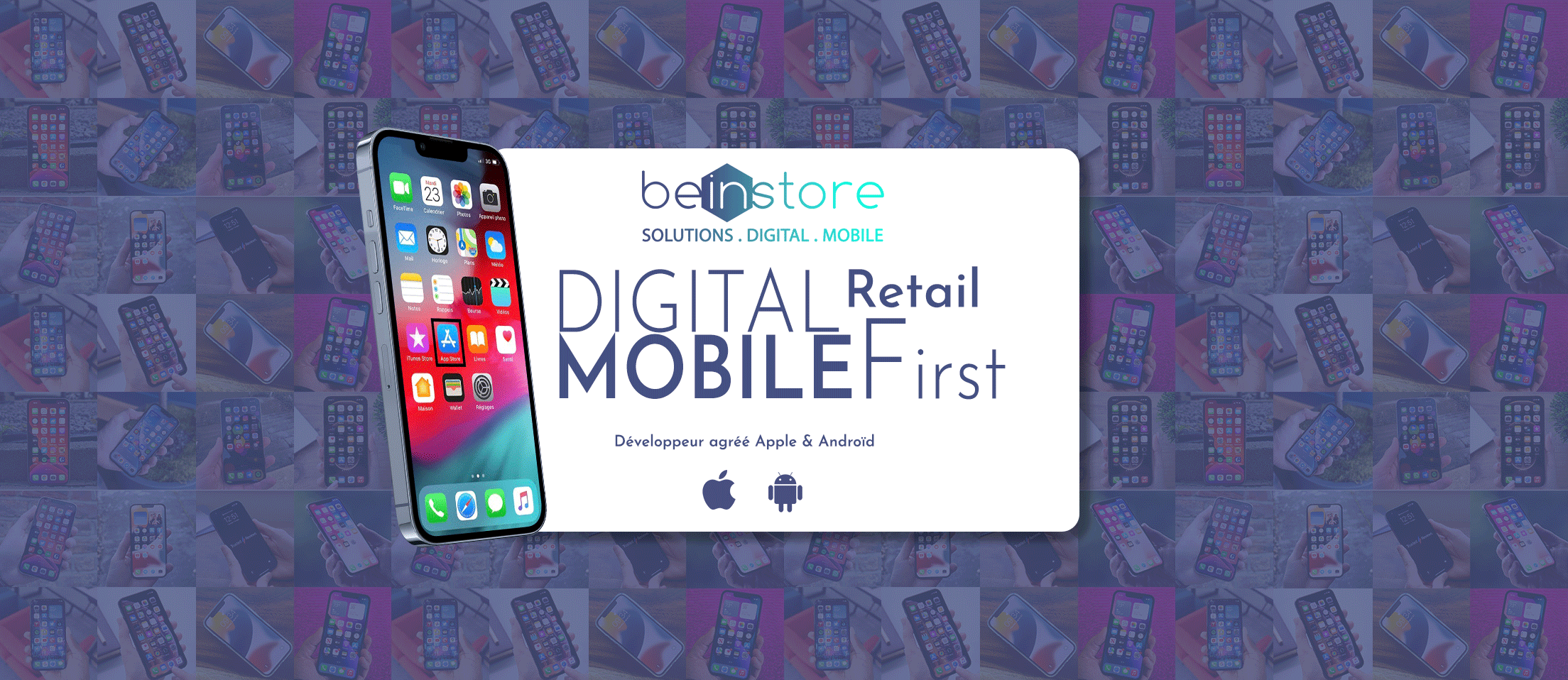Look around you: How many people are on their phone right now? Today, you can’t go more than a few steps without seeing people texting, emailing, or using social media.
« Mobile moments » are happening all around us, all the time. It doesn’t matter where you are : in a taxi, in a business meeting, or at a social dinner. Using your phone or tablet is now the standard, and it’s accepted in just about every setting.
Despite how commonplace mobile devices are in our everyday lives, some businesses are still resisting, or at least not fully integrating, mobile components into their communications and marketing strategies. By ignoring this channel, businesses miss a huge opportunity to engage with current and potential customers, capture interest, and generate sales leads.
Integrating mobile into your marketing strategy may seem overwhelming, but starting slowly and simply can help ensure you aren’t missing the mark.
The following advice on how to successfully integrate mobile into your business’s marketing plan will enable you to maximize mobile’s potential to build more meaningful connections with consumers and customers.
1. Show your customers you care
According to an Mblox survey, only 36% of consumers say businesses do a great job providing customer service and engaging correctly with their customers. Conversely, 73% of businesses think they provide great customer care. That’s a substantial gap between perceptions.
Mobile communications can be a great channel to help bridge that gap.
Mobile means contextual engagement with your market, and you can maximize that engagement.
Once your business starts placing an emphasis on mobile marketing, it’s important to consider the demographics of your customer base, including their personal communication preferences.
Here are three ways to improve customer satisfaction…
A. Research and know your customers’ communication preferences
It’s important to confirm how your customer base wants you to engage with them, including how and when they’d like to receive communications from your business. Do your research, and develop a strategy to guide your communications.
SMS is the most reliable and well-received messaging format in mobile. Its personalization and the trust people have in it translates to acceptance of an approach from you as a trusted vendor. Mobile users (most of us now) expect brands to deliver personalized content regardless of their physical or digital status.
Use that trust, and the need for valuable content, to your advantage.
B. Personalize the experience for the user
It’s counterproductive to consistently inundate consumers with content that isn’t relevant to them. Because of the mass of data now available, mobile provides a greater opportunity for personalization than other platforms, such as email or Web-based communication.
Ensure your outreach captures the « mobile moment » with targeted, personalized content that compliments your customers’ moments and turns them into mobile opportunities both in their physical and in their digital worlds.
C. Engage on their terms
The Mblox research also found that only 58% of companies are using mobile as a platform to engage with consumers, whether that’s through SMS, an app, push notifications, or social media. There isn’t necessarily one best way to communicate via mobile. Consumer preferences vary, not only from one person to the next but also on time of day or the type of business they interact with.
So don’t focus only on one communications method; be sure to include them all—based on your customers’ desires. Consider how these methods can be integrated to enhance your customers’ experience, on their terms. Savvy marketers will focus on their customers’ experience to provide benefits in a given mobile moment.
2. Make your content interesting
Personalization, content, and context are what consumers want.
Marketing campaigns will increasingly integrate mobile as companies recognize and move on the ROI and value creation of this powerful tool. You can keep your customer base engaged in your content via mobile by using various tactics, such as…
- Keeping the underlying messages simple, short, and to the point
- Creating custom content that will provide your customers with unique facts, tips, or benefits of their choosing
Offer it up to them in creative, dynamic, and fresh ways.
3. Use mobile location data from your customer engagement
80% of respondents said they would share location data with brands in order to receive SMS or push messages.
Customers are willing to share location data with trusted brands in return for value. And campaigns that use location-based targeting significantly outperform campaigns that do not.
By using a smartphone’s GPS capabilities, businesses can geographically target audiences to share appropriate content. An upsurge in customer acceptance of mobile location-based data to enable better customer experiences will increase satisfaction on the consumer end.
Companies can also rely on mobile behavior-based data to build customer loyalty and satisfaction programs. Analysis of shared data, including geographic position, mobile-centric survey results, even the type of handset operating system (Android or iOs) provides valuable indicators that can be used in determining how consumers want to be engaged via mobile.
The availability of geo-location and mobile behavior-based data is relatively new to marketers, but it’s already changing the way businesses communicate effectively with their customer base. If tracked and managed correctly, that data offers valuable insights about customer interest. Use those insights as the foundation of how you want to engage consumers at that mobile moment.
B
Whether mobile should or shouldn’t be included in your marketing plan is no longer the question. Businesses must harness the power of mobile within their marketing plans to successfully engage customers.
B
Source : marketingprofs

